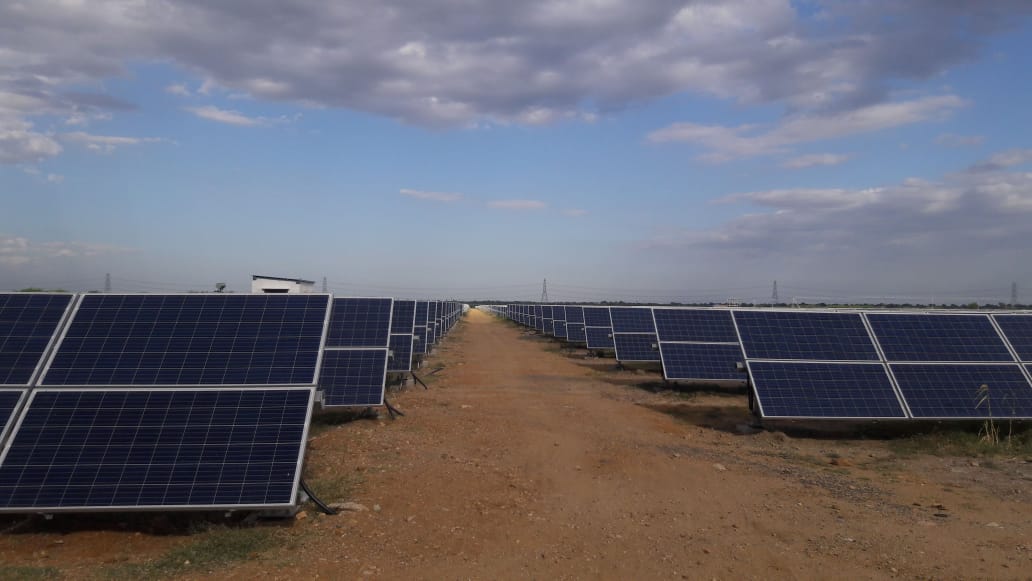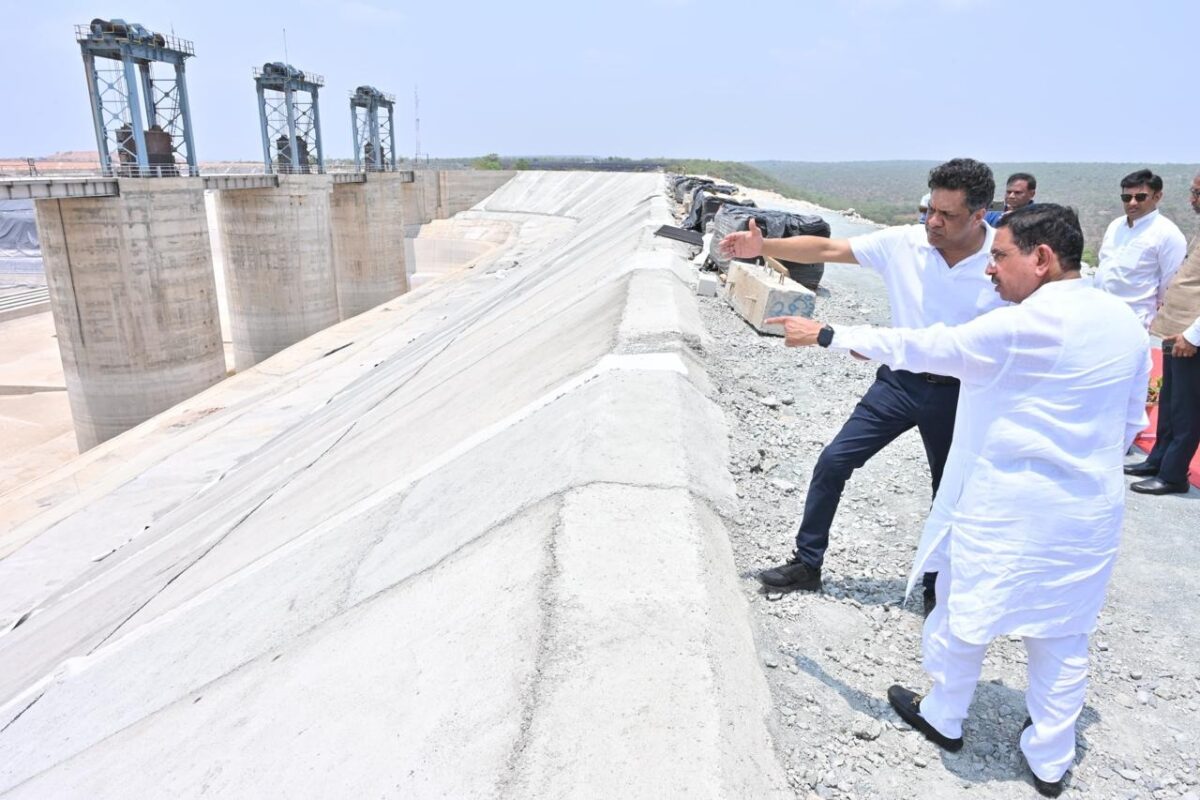Last year saw 180 GW of renewable energy generation capacity installed worldwide, according to the International Energy Agency (IEA).
Although the figure is impressive, and matched the amount added in 2017, the IEA has pointed out it was the first time the volume of new renewables had not risen year on year since 2001 and was not enough to keep the world on track to achieve the objectives defined in the Paris climate change agreement. In fact, the world saw a 1.7% rise in energy related CO² emissions last year, said the agency.
According to the IEA’s Sustainable Development Scenario, at least 300 GW of new renewable energy capacity is required per year up to 2030 to keep the Paris goals within reach. Adding 180 GW annually, said the agency, will provide barely 60% of the new clean energy capacity required.
Among the competing clean energy technologies, solar power again dominated, with 97 GW of new generation capacity added, similar to the amount of PV installed in 2017.
Why the plateau?
In 2018, China was the world’s leading nation for new renewable energy capacity, with some 77 GW of generation assets added – 45% of the global total. However the much publicized decision of the Chinese government to rein in public solar subsidies prompted an 18% decline in PV figures, with 44 GW of new solar capacity installed, versus a record 53 GW in 2017.
With new hydropower capacity declining in China since 2013, wind was unable to make good the deficit. Wind was also on the back foot in the European Union last year, said the IEA, with new capacity falling to an extent higher volumes of PV could not compensate for. That saw the EU add 22 GW last year, down from 23 GW a year earlier.
The fact the world added the same amount of clean power capacity was in part down to a new appetite in emerging renewable energy markets in the Middle East, North Africa and parts of Asia, with solar’s rapidly declining costs keeping it in the vanguard of the energy transition alongside wind.
However, changes in support policies and other challenges saw declines in the level of new onshore wind generation capacity in India and Japan, warned the IEA.
An alarming development
The agency, which has been accused of providing conservative forecasts for the PV sector in its World Energy Outlook reports, had predicted a 15% fall in new solar capacity – to 83 GW – for 2018. Despite that pessimism, the IEA yesterday described the year on year stagnation in new renewables capacity as “unexpected”.
The 7% rise in renewable energy production recorded by the IEA last year was not enough to prevent a 1.7% rise in energy-related CO²emissions last year, to 33 gigatons, as a result of higher energy consumption.
With all fossil fuel emissions rising, the electricity sector accounted for almost two-thirds of the growth, to reach a record level. Electricity generation from coal remained the leading emitter, with 30% of energy-related carbon dioxide emissions. China, India and the United States accounted for 85% of the net increase in emissions, while greenhouse gas emissions fell in Germany, Japan, Mexico, France and the United Kingdom.
“The world cannot afford to press ‘pause’ on the expansion of renewables and governments need to act quickly to correct this situation and enable a faster flow of new projects,” said Dr Fatih Birol, the IEA’s executive director.
Founded in 1974 following the oil crisis, the IEA is an autonomous intergovernmental organization attached to the Organization for Economic Co-operation and Development. It has 38 member countries and each year publishes its World Energy Outlook, which makes assumptions about the evolution of the global energy sector.
This content is protected by copyright and may not be reused. If you want to cooperate with us and would like to reuse some of our content, please contact: editors@pv-magazine.com.








By submitting this form you agree to pv magazine using your data for the purposes of publishing your comment.
Your personal data will only be disclosed or otherwise transmitted to third parties for the purposes of spam filtering or if this is necessary for technical maintenance of the website. Any other transfer to third parties will not take place unless this is justified on the basis of applicable data protection regulations or if pv magazine is legally obliged to do so.
You may revoke this consent at any time with effect for the future, in which case your personal data will be deleted immediately. Otherwise, your data will be deleted if pv magazine has processed your request or the purpose of data storage is fulfilled.
Further information on data privacy can be found in our Data Protection Policy.